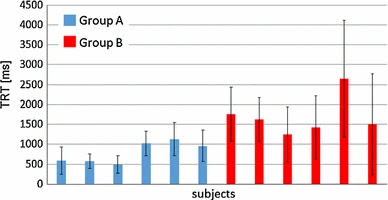I am excited to share with you a new method that my old group in Waseda University and I have developed to improve trainees' posture during laparoscopic procedures. Full details available at:
Di Zhang, Salvatore Sessa, Weisheng Kong, Sarah Cosentino, Daniele Magistro, Hiroyuki Ishii, Massimiliano Zecca, Atsuo Takanishi, Development of subliminal persuasion system to improve the upper limb posture in laparoscopic training: a preliminary study. Int J CARS 10, 1863–1871 (2015). https://doi.org/10.1007/s11548-015-1198-x
Current laparoscopic training methods focus heavily on improving manual skills, but they often neglect the importance of proper posture. Poor posture can lead to increased muscle strain, faster fatigue, and reduced performance, all of which can be detrimental to patient outcomes.
In our recent study, we proposed a new technique called subliminal persuasion, which provides real-time feedback to trainees on their upper limb posture during laparoscopic training. This technique is designed to mimic the correct posture of an expert and encourage trainees to adopt that posture themselves.
To test the effectiveness of subliminal persuasion, we used our own WB-4R 9-axis inertial measurement unit to calculate upper limb posture, and we developed a Detection Reaction Time device to measure workload. We divided our trainees into two groups: Group A was exposed to short, subliminal visual stimuli (about 33 ms) when their posture was incorrect, while the control group B was exposed to longer, supraliminal stimuli (about 660 ms) when their posture was incorrect.
Our results showed that subliminal visual stimulation is a valid method to improve trainees' upper limb posture during laparoscopic training. Additionally, we found that subliminal stimuli (Group A) require less workload than supraliminal stimuli (Group B), which are processed at the conscious level.
In conclusion, we believe that subliminal persuasion is a promising method to improve posture during laparoscopic training. Our study shows that it is effective and efficient, with a smaller increase in workload compared to traditional methods. We hope that this technique will become a valuable addition to laparoscopic training programs and lead to better patient outcomes.
